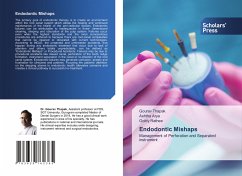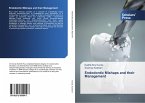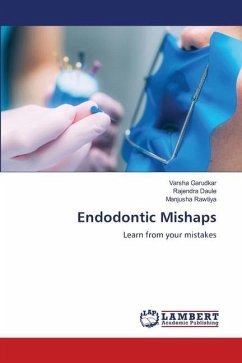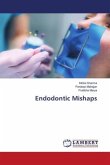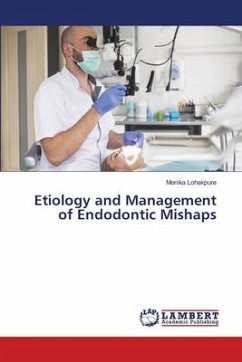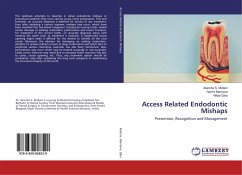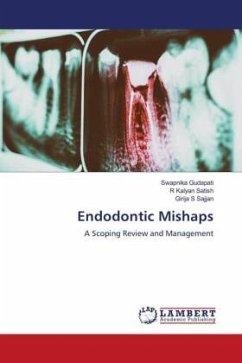The primary goal of endodontic therapy is to create an environment within the root canal system which allows the healing and continued maintenance of the health of the peri-radicular tissues. Endodontic failures can be attributable to inadequacies in three- dimensional cleaning, shaping and obturation of the pulp system. Failures occur even when the highest standards and the most conscientious procedures are adhered to because there are root-canal complexities that cannot be cleaned or obturated with current technologies. According to INGLE, the unwanted and unforeseen accidents, that happen during any endodontic treatment that occur due to lack of attention and others totally unpredictable, can be defined as "Endodontic Mishaps" or Procedural Accidents. Failures may be due to procedural accidents like missed canal, perforation of the tooth, ledge formation, instrument separation in the canal or re-infection of the root canal system. Endodontic failures may generate confusion, anxiety and frustration for clinicians and patients. Focusing the patients' attention on the stepping stones to endodontic health alleviates concerns and creates a clinical pathway to successful re-treatment.
Bitte wählen Sie Ihr Anliegen aus.
Rechnungen
Retourenschein anfordern
Bestellstatus
Storno

